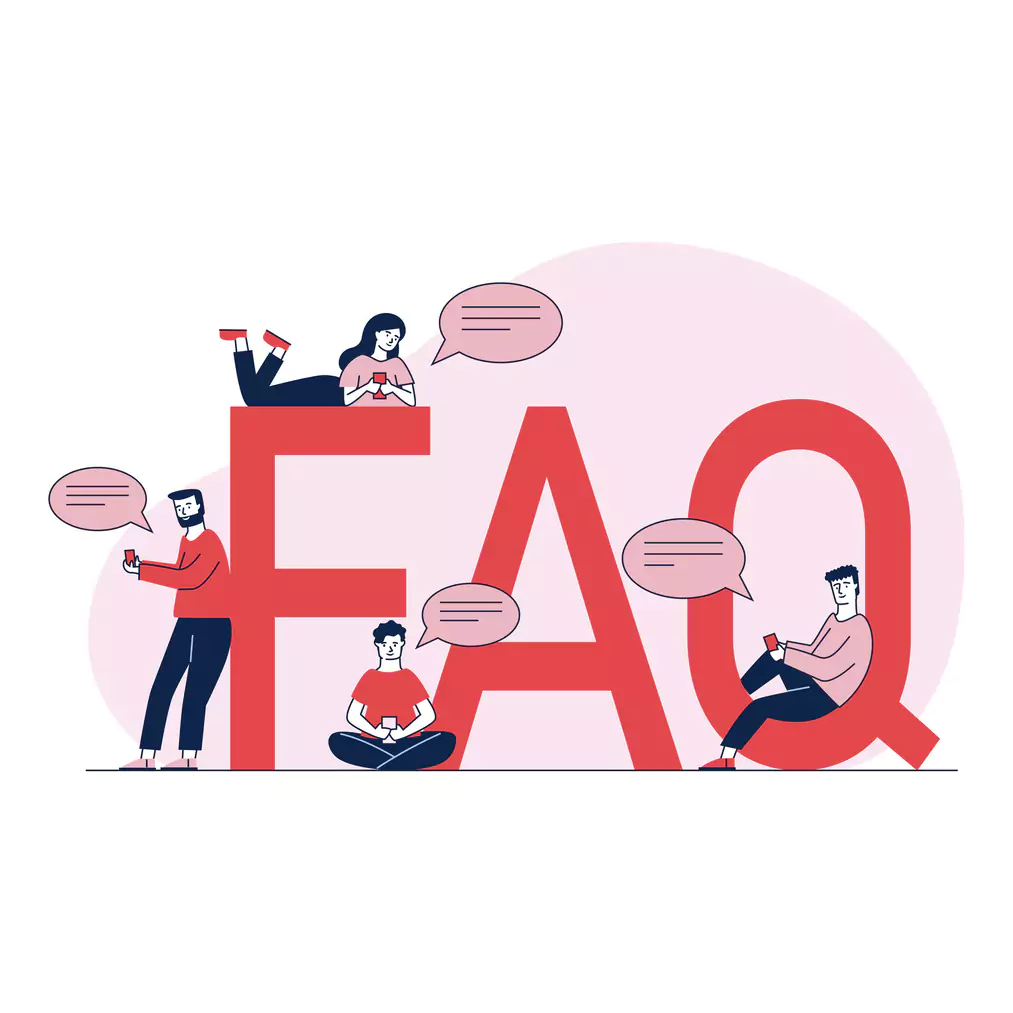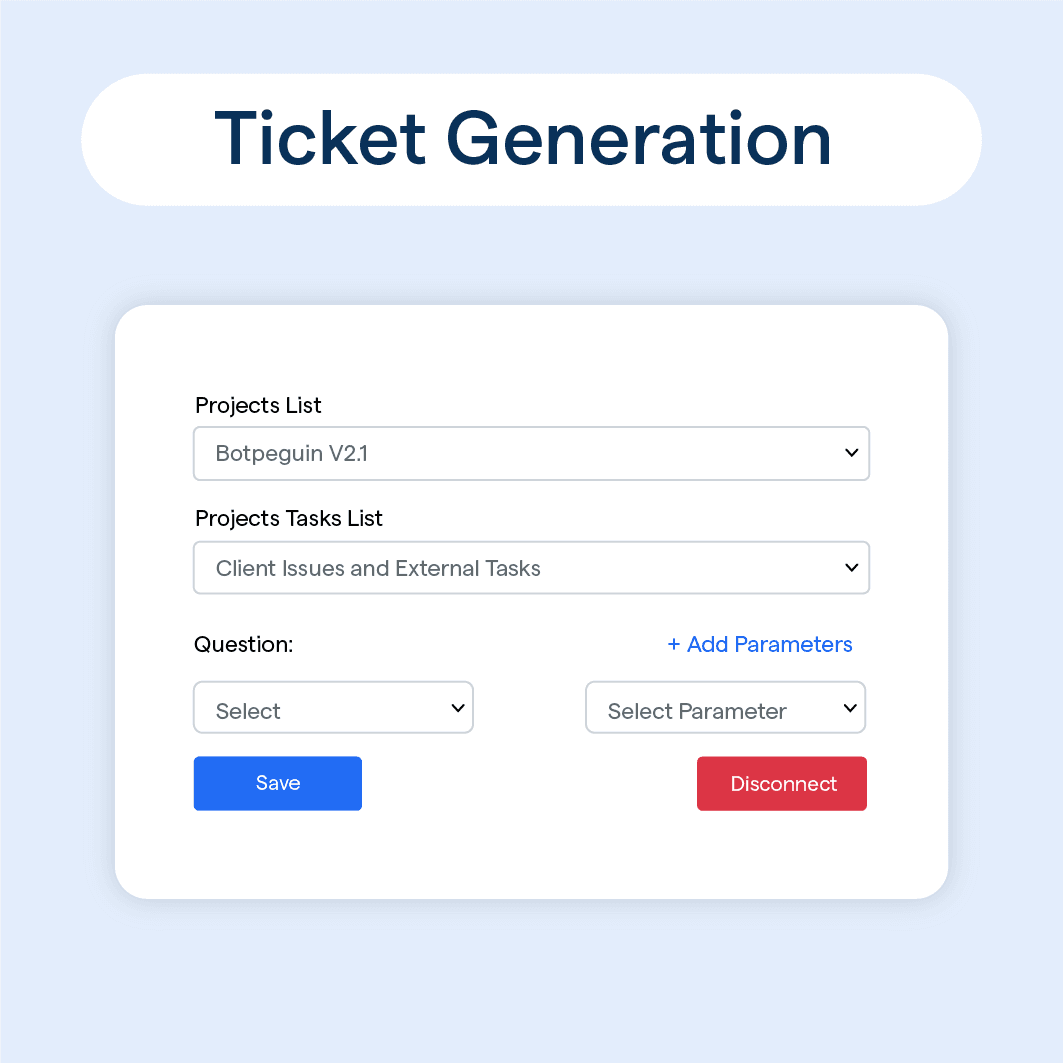What is Ticket Generation?
Ticket generation is the process of creating and managing customer service tickets. When customers reach out with a problem, complaint, or inquiry, a ticket is generated to track and resolve the issue. It acts as a digital record, containing relevant information like customer details, description of the problem, and any actions taken. Ticket generation plays a crucial role in customer service, as it ensures that requests are properly addressed and helps maintain a streamlined workflow.
How Does a Ticketing System Work?
In this section, we'll unpack how a ticketing system functions to manage and streamline customer service requests within an organization.
Generation of Tickets
When a customer raises an issue or a request, a ticket is generated in the system. This ticket contains key information such as the customer's details, the issue description, and the time and date of the issue.
Assignment of Tickets
The system then routes the ticket to the appropriate department or agent based on set rules or the specific problem outlined in the initial request.
Tracking and Resolution
Agents can track the status of the ticket as they work towards resolving the issue. The entire conversation, progress, and resolution details are logged within the ticket for transparent tracking.
Communication with Customers
At critical stages of resolution - like ticket assignment, updates, and successful resolution - customers are notified. This keeps the customer informed about the progress and enhances the overall service experience.
Closure and Feedback
Once the issue is successfully resolved, the ticket is closed. Customers are requested to provide feedback about their experience, which aids in improving future service and resolution protocols.
A ticketing system, thus, aids in keeping customer service requests organized and manageable while ensuring timely resolution and a seamless customer experience.
What are the Types of Ticketing Systems?
In this section, we'll uncover the various types of ticketing systems designed to streamline customer support, enabling efficient query management and resolution.
Web-based Ticketing Systems
Web-based or cloud-based ticketing systems are remotely hosted and can be accessed through any web browser. They provide convenience, scalability, and seamless integrations, making them popular choices for many businesses.
On-Premise Ticketing Systems
On-Premise ticketing systems are installed and run on company-owned servers, providing complete control over data and customization. However, they come with associated costs like server maintenance and employ an in-house IT team.
Enterprise Ticketing Systems
Enterprise ticketing systems are built to handle a substantial volume of queries and provide extensive functionality. They feature advanced reporting, multi-channel support, and robust APIs, ideal for large-scale organizations.
Open Source Ticketing Systems
Open source ticketing systems give businesses the flexibility to customize their tools. They're cost-effective choices for smaller businesses, but they usually require some technical skill to use effectively.
IT Service Management (ITSM) Ticketing Systems
ITSM ticketing systems focus on managing internal IT requests, tracking IT assets, and adhering to IT service delivery standards. They align with business needs and goals, driving the delivery of high-quality IT services.
What are the Benefits of Adopting a Ticketing System?
In this section, we'll delve into the numerous benefits offered by adopting a ticketing system in a customer service environment.
Enhancing Customer Service Efficiency
Ticketing systems automate many routine tasks, like categorizing and assigning tickets, thereby allowing customer service representatives to handle and resolve issues more efficiently.
Improving Response Times
With an organized and prioritized queue of customer issues, service representatives can respond to tickets more quickly. This drastically reduces waiting times, leading to increased customer satisfaction.
Facilitating Communication Transparency
A ticketing system provides a centralized platform for all communications, ensuring no conversations are lost or overlooked. This transparency enhances accountability and trust between the team and customers.
Providing Valuable Insights
By gathering and organizing data related to customer inquiries, a ticketing system can provide valuable insights into common issues, peak times, and agent performance, which can be used to further improve service quality.
Boosting Customer Satisfaction
By streamlining responses and ensuring timely resolution of issues, ticketing systems enhance the overall customer experience. A well-handled problem can turn a customer's initially negative experience into a positive one.
Suggested Reading:
Trouble Ticket
What are some Common Ticketing System Features?
In this section, we'll take a look at some of the most common features found in typical ticketing systems.
Ticket Management
Ticket management is the heart of any ticketing system. This feature helps organize, track, and resolve customer issues in a streamlined manner, ensuring that no request goes unanswered.
Automation
Automation can significantly improve efficiency by reducing manual effort. Automation in a ticketing system might include automatic ticket assignment, setting ticket priorities, and even sending auto-responses to customers.
Customization
Customization allows organizations to set up their system in a way that best suits their workflow. This includes custom ticket fields, personalized views, and flexible ticket statuses.
Reporting and Analytics
Reporting and analytics are essential for evaluating and improving performance. They provide insights on key metrics like ticket volume, resolution time, and agent performance, aiding strategic decision-making.
Knowledge Base Integration
Many systems come with an integrated knowledge base. This enables self-service by helping customers solve common queries on their own, reducing the ticket load for your team.
How to Implement a Ticketing System?
In this section, we'll navigate the straightforward process of implementing a ticketing system.
Understanding the Needs and Requirements
Understanding the needs and requirements of your organization is a crucial first step. This includes determining the type of support requests your team handles, the number of support agents, and the functionality required.
Choosing the Right Ticketing System
There are a host of ticketing systems available in the market. You should opt for one that aligns with your organization's requirements and goals. Keep an eye out for features like ticket tracking, automation, reporting, and integration with other systems.
Configuring the System
Once you've chosen a system, it's time to configure it according to your preferences. Customize the workflow, response templates, permissions, and more. This step ensures that the system functions best for your team and customers.
Training the Team
A system is only as good as the people using it. Adequately train your support team on utilizing the ticketing system. This might include ticket scheduling, response techniques, usage of in-built tools, and managing different statuses.
Regular Evaluation and Optimization
Implementation isn't the end; regular evaluation of your system is essential. Assess how well it's working, gather feedback, and carry out necessary refinements. This keeps the system up-to-date and efficient, and ensures maximum benefits.
Common Challenges with a Ticketing System
In this section, we'll discuss common challenges that organizations may face when implementing and using ticketing systems to manage customer support effectively.
Overwhelming Ticket Volume
Handling a high volume of tickets can be challenging, causing stress on support staff and leading to longer response times, which may negatively impact customer satisfaction.
Inadequate Categorization or Prioritization
Properly categorizing and prioritizing tickets is crucial for efficient support operations. Inadequate classification can result in time spent on non-critical issues, while more urgent matters may remain unaddressed.
Collaboration and Communication Gaps
Effective collaboration and communication between support agents are necessary for successful resolution. Inconsistent information sharing or inadequate collaboration tools can result in disjointed support, repeated queries, and slow resolution times.
Inflexible or Hard-to-Use Systems
Complex or inflexible ticketing systems can negatively affect the support team's efficiency. Long learning curves, limited customization, or unintuitive interfaces can slow down agents and ultimately hinder customer service quality.
Poor Reporting and Analytics
Insightful reporting and analytics capabilities are crucial for identifying patterns and optimizing processes. Ticketing systems lacking robust analytical tools may impede the ability to make data-driven decisions and continuously improve support operations.
Frequently Asked Questions (FAQs)

How does ticket generation help in managing customer service requests?
Ticket generation helps to centralize and track customer service requests, ensuring that each one is addressed and resolved efficiently.
What are the benefits of using a ticketing system for ticket generation?
A ticketing system improves organization, centralizes customer data, enhances communication, and enables efficient management of customer service requests.
What are the key features of a ticketing system for ticket generation?
Key features include ticket assignment, tracking and updates, and integration with a knowledge base to provide self-service options for customers.
How do you implement a ticketing system for ticket generation?
Implement a ticketing system by defining requirements, choosing the right system, planning the implementation, and training your team on how to use it effectively.
How can I measure the success of ticket generation using a ticketing system?
Use metrics like first response time and resolution time to gauge the effectiveness of ticket generation and the overall efficiency of your support process.

